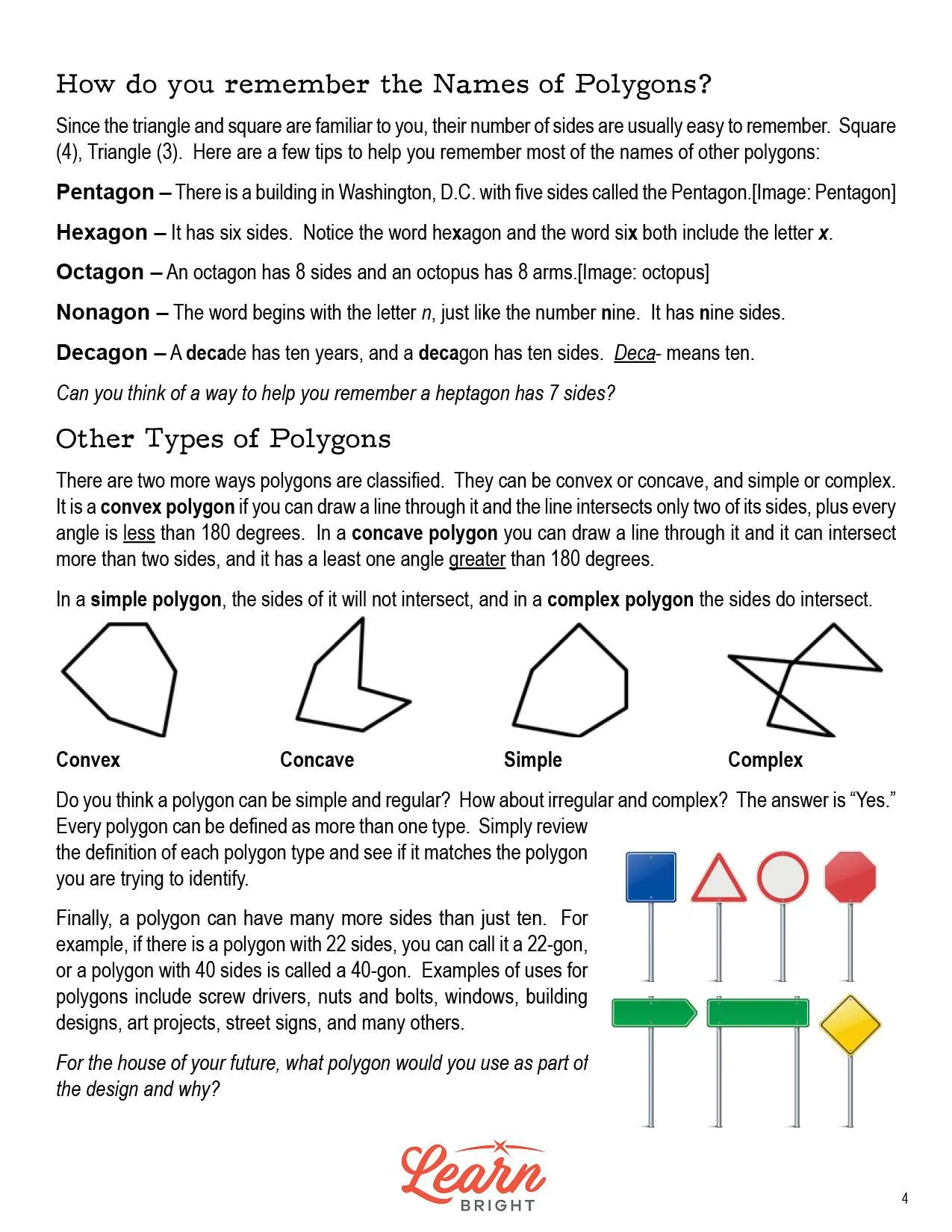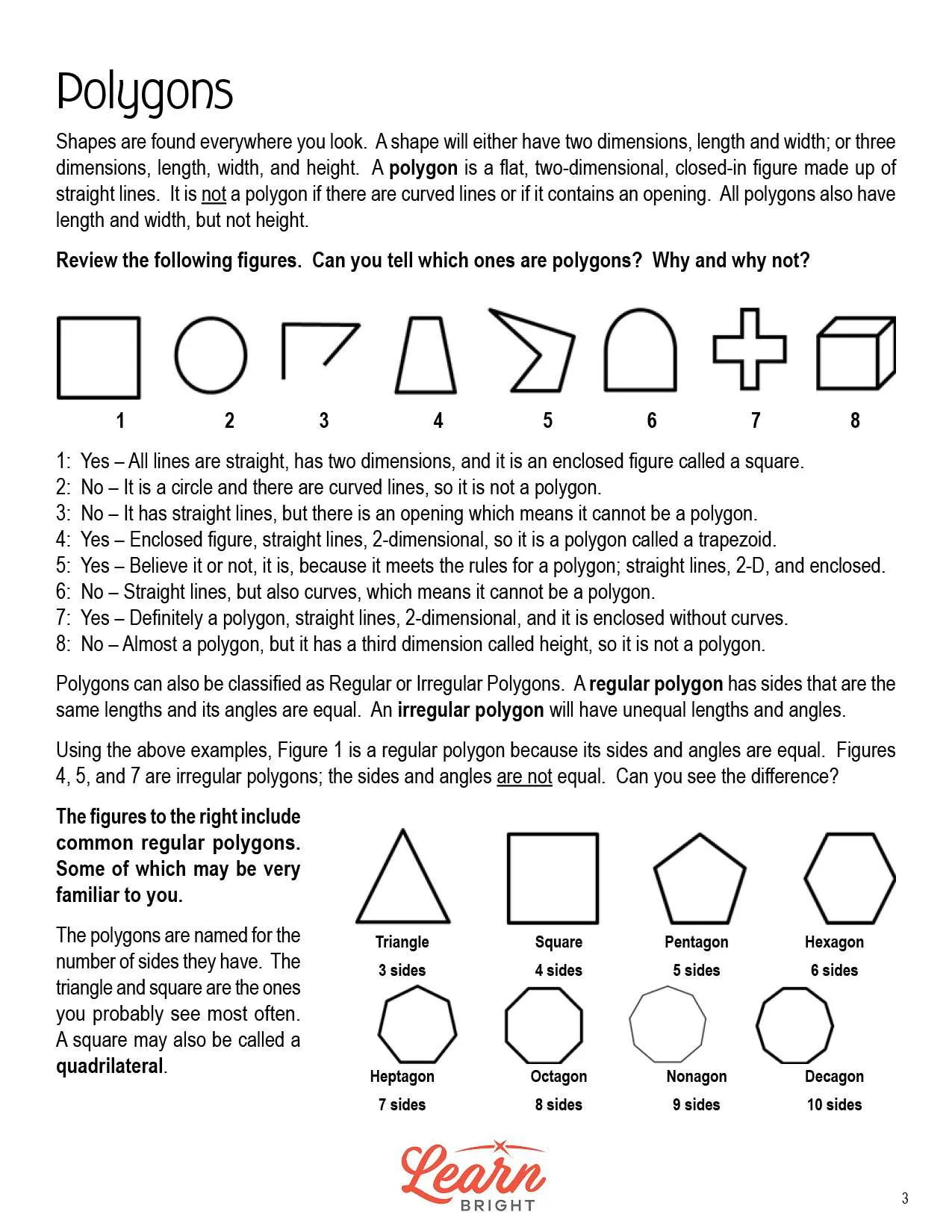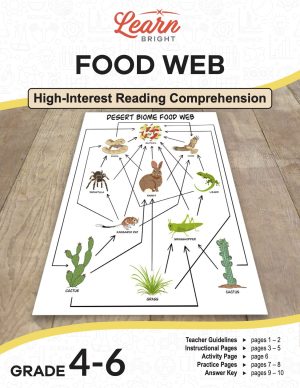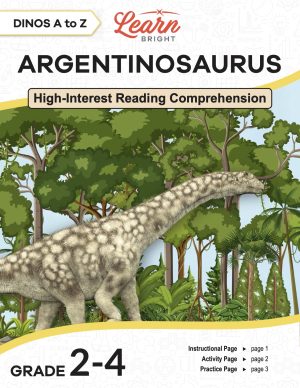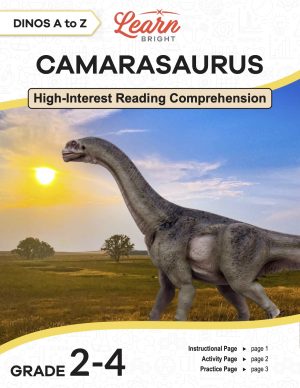Description
What our Polygons lesson plan includes
Lesson Objectives and Overview: Polygons explores all things polygon and prepares students to define polygons, identify the different types, and correctly name various-sized polygons. At the end of the lesson, students will be able to define polygons, identify the different types, and correctly name various-sized polygons. This lesson is for students in 4th grade, 5th grade, and 6th grade.
Classroom Procedure
Every lesson plan provides you with a classroom procedure page that outlines a step-by-step guide to follow. You do not have to follow the guide exactly. The guide helps you organize the lesson and details when to hand out worksheets. It also lists information in the blue box that you might find useful. You will find the lesson objectives, state standards, and number of class sessions the lesson should take to complete in this area. In addition, it describes the supplies you will need as well as what and how you need to prepare beforehand.
Options for Lesson
Included with this lesson is an “Options for Lesson” section that lists a number of suggestions for activities to add to the lesson or substitutions for the ones already in the lesson. One optional adjustment to the lesson activity is to use craft sticks, toothpicks, or other similar objects for the “sides” of the polygons. You can also use hangers or other similar objects for students to create an individual Polygon Mobile. An optional addition to this lesson is to have your students vote for the best polygon-designed home plan from the lesson closing. To adjust the homework assignment, you can enlarge the final section on a separate page and have your students find other polygons. Finally, for an additional activity, you could take your students through the school and outdoors to identify polygons.
Teacher Notes
The teacher notes page includes a paragraph with additional guidelines and things to think about as you begin to plan your lesson. This page also includes lines that you can use to add your own notes as you’re preparing for this lesson.
POLYGONS LESSON PLAN CONTENT PAGES
Polygons
The Polygons lesson plan includes two content pages. Shapes are all around you. Shapes have either two dimensions (length and width) or three dimensions (length, width, and height). Polygons are a flat, two-dimensional closed figures made up of straight lines. Shapes with curved lines or openings are not polygons. All polygons have a length and width, but no height. The lesson shows eight shapes and asks which are polygons using the definition given.
Polygons are either regular or irregular. Regular polygons have sides that are equal lengths and equal angles, while irregular polygons have unequal lengths and angles. Triangles, squares, pentagons, hexagons, heptagons, octagons, nonagons, and decagons are all common regular polygons. The names of these polygons correspond to the number of sides they have. Of these regular polygons, triangles and squares are the most common. Squares are sometimes also called quadrilaterals.
How do you remember the Names of Polygons?
It’s easy to remember that triangles have three sides and squares have four sides because they’re so common. But how can you remember the names of other regular polygons?
You can remember the pentagon by thinking of the building in Washington, D.C. with five sides called the Pentagon. You can remember that hexagons have six sides by noticing that the word hexagon and the word six both include the letter x. Next, you can remember that octagons have eight sides because an octopus has eight arms.
You can remember that nonagon have nine sides by thinking that the word begins with the letter n, just like the number nine. Finally, you can remember that a decagon has ten sides because a decade has ten years (deca- means ten!).
Can you come up with a way to remember that a heptagon has seven sides?
Other Types of Polygons
Polygons are classified in two more ways. Polygons can be convex or concave and simple or complex. If you draw a line through a convex polygon, the line intersects with only two of its sides and all of its angles are less than 180 degrees. On the other hand, if you draw a line through a concave polygon, the line intersects with more than two sides and at least one of its angles is greater than 180 degrees.
Simply polygons have sides that don’t intersect, while complex polygons have sides that do intersect. The lesson shows some examples of convex, concave, simple, and complex polygons.
Can a polygon be both simple and regular? Can it be irregular and complex? Yes! All polygons can be defined as more than one type. When identifying polygons, look at the definition of each type and see if it matches the polygons you’re identifying.
Polygons can have more than ten sides. For example, a polygon with 22 sides could be called a 22-gon and a polygon with 40 sides could be called a 40-gon. You can find polygons in many different places, like screw drivers, nuts and bolts, windows, building designs, art projects, street signs, and more.
POLYGONS LESSON PLAN WORKSHEETS
The Polygons lesson plan includes three worksheets: an activity worksheet, a practice worksheet, and a homework assignment. You can refer to the guide on the classroom procedure page to determine when to hand out each worksheet.
POLYGON MOBILES ACTIVITY WORKSHEET
For the activity worksheet, students will create a polygon mobile using straws, string, tape, rulers, scissors, markers, and index cards. They will create eight regular polygons with 3 to 10 sides each and five of any other type of polygon. They will then create a model of each polygon using straws, making sure to use the ruler to measure everything accurately. After they create their polygons and labels for each polygon, they will hang their polygons from one of the “Polygon Lines” hanging around the classroom.
DRAWING PRACTICE WORKSHEET
The practice worksheet asks students to first write the number of sides for each named polygon listed on the worksheet. They will also draw a picture of each of the polygon types listed and name the regular polygons shown on the worksheet.
POLYGONS HOMEWORK ASSIGNMENT
For the homework assignment, students will match lesson terms with their definitions. They will also follow the directions on the worksheet to identify different parts of the figure shown on the worksheet.
Worksheet Answer Keys
This lesson plan includes answer keys for the practice worksheet and the homework assignment. If you choose to administer the lesson pages to your students via PDF, you will need to save a new file that omits these pages. Otherwise, you can simply print out the applicable pages and keep these as reference for yourself when grading assignments.



